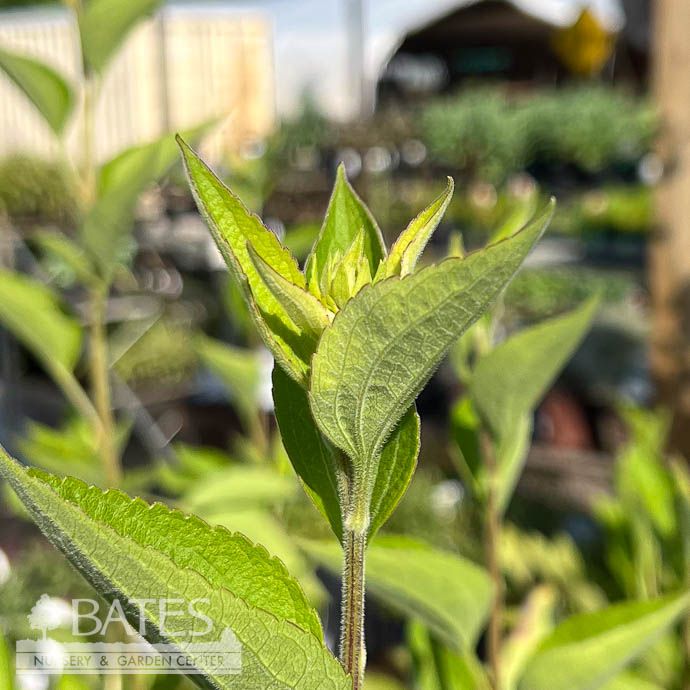#1 Rudbeckia subtom Henry Eilers/ Sweet Coneflower Native (TN)
#1 Rudbeckia subtom Henry Eilers/ Sweet Coneflower Native (TN)
SCIENTIFIC NAME: Rudbeckia subtomentosa 'Henry Eilers'
COMMON NAME: Henry Eilers Sweet Coneflower
GARDEN SIZE: 3–5 feet tall x 1–2 feet wide
GROWTH RATE: Moderate
USDA ZONE: 4 to 8
EXPOSURE: Full Sun, Part Shade
WATER & SOIL: Tolerates a wide range of soil conditions and prefers average to dry moisture. Requires regular watering after planting, but is drought tolerant once established.
HABIT (FORM): Upright, non-rhizomatous herbaceous perennial
FOLIAGE: Deciduous; dark gray-green, toothed leaves (3–6" long), some 3-lobed; mildly fragrant with downy undersides
FLOWERS: Yellow rays rolled into quilled form with dome-shaped brown centers; 3" wide; blooms July to September
PLANT ORIGIN: Nativar of a species found throughout the Central United States, including Tennessee.
WILDLIFE SUPPORT: Excellent nectar source for butterflies, bees, and other pollinators. Provides seasonal cover for small wildlife and may support seed-eating birds. Host plant for local butterflies and moths.
FERTILIZING: Give a root stimulant or 4-3-3 fertilizer during initial planting, then feed lightly in late winter or early spring with compost or an organic fertilizer.
PRUNING: Cut back to just above soil level in early spring to encourage dense regrowth. Leaving stems, leaves, and spent blooms over the winter benefits native pollinators and wildlife.
TOXICITY FLAGS: None reported
USES: Border plant, container, cut flower, mass planting, cottage gardens, rain gardens, patio containers

